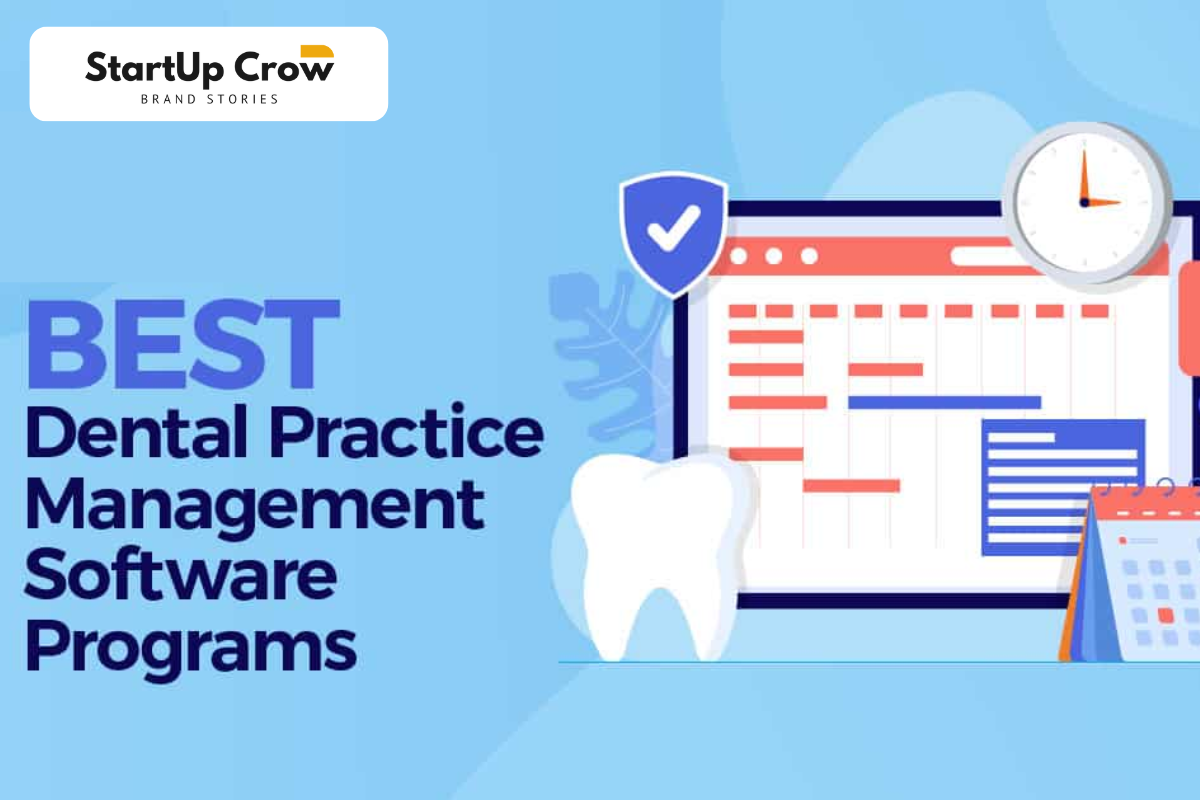In the current fast-paced healthcare environment, improving client satisfaction has become a prime concern for healthcare practices of all types. Clients progressively anticipate seamless, efficient engagements with their medical providers, ranging from scheduling appointments to managing their health files. One of the best ways to satisfy these expectations is through the implementation of clinical management solutions. This cutting-edge technology is changing how healthcare facilities function, empowering them to offer improved care and optimizing administrative tasks.
Practice management solutions serves as a holistic tool that integrates various functions within a healthcare practice. By mechanizing booking, invoicing, and client interaction, this solution not only reduces hours and reduces errors but also allows healthcare providers to focus more on the essentials—offering quality patient care. As medical practices embrace this solution, they are realizing that it is not just an enhancement but instead a vital commitment in the prospects of healthcare delivery.
Gains of PM Software
PM software streamlines various administrative tasks within healthcare facilities, letting medical staff to concentrate more on patient care. By digitizing appointment setting, billing, and patient documentation, this software reduces the resources spent on documentation. As a result, healthcare providers can allocate more time to enhancing engagement with patients and addressing their needs. The effective management of these tasks can result in enhanced overall patient experiences and satisfaction.
Additionally, the improved communication features that practice management software provides are remarkable. Through secure online platforms and automated communication channels, patients can easily get their health information, schedule appointments, and receive reminders. This convenient access fosters a closer relationship among patients and medical staff, as it encourages patients to participate more actively in their healthcare. Improved communication also ensures patients are updated but also reduces absences and late cancellations.
Finally, the data analytics features of practice management software deliver valuable insights into practice performance and patient patterns. By studying data trends and results, healthcare providers can make data-driven decisions to refine services and tailor care to cater to the specific requirements of their patient population. This analytical approach enables practices to spot areas for growth, refine workflows, and ultimately improve the quality of services delivered to patients.
Main Characteristics to Enhance Patient Experience

One of the most impactful features of practice management software is its ability to streamline patient appointments. With user-friendly interfaces, patients can quickly book, reschedule, or cancel appointments via the web. This not only saves time for patients and employees but also minimizes no-shows, permitting practices to optimize their schedules and provide better service. Pre-set reminders sent by text message or email further ensure that patients remember their appointments, leading to improved turnout and contentment.
Another vital feature is coordinated patient communications. Healthcare management platforms often includes safe messaging systems that allow patients to communicate directly with their medical professionals. This feature improves accessibility and cultivates better relationships between patients and providers, as patients can ask questions or request advice without needing to visit the office. Quick responses and efficient communication significantly boost the overall patient experience, making them feel valued and heard.
Lastly, the ability to provide simple access to medical records and test results is crucial in enhancing patient experiences. With practice management software, patients can conveniently check their health information from a private portal. This transparency allows them to stay informed about their health status, fostering a sense of ownership. When patients have convenient access to their records, they are more likely to engage in their care, leading to improved health outcomes and higher satisfaction with their medical practice.
Implementing PM Software Successfully
Successfully implementing practice management software demands thorough planning and engagement from all stakeholders in the medical practice. To begin with, it is crucial to evaluate the specific needs of the practice and recognize the features of the software that will meet those needs. Encouraging staff members in the decision-making process can lead to greater buy-in and ensure that the software is designed to enhance workflow and boost productivity. Providing proper training for all users is also crucial, as it helps staff adjust with the new system and maximizes its potential benefits.
Additionally, it is essential to establish clear objectives for the implementation process. Establishing measurable goals, such as reducing appointment scheduling time or improving patient communication, allows the practice to evaluate the effectiveness of the software. Regular updates and feedback sessions can assist identify any challenges early on, allowing for timely adjustments to the workflow or additional training as necessary. This forward-thinking approach fosters a environment of adaptability, making sure that both staff and patients advantage from the improved processes.
Ultimately, continuous support and maintenance of the practice management software are essential for sustained success. Choosing a vendor that offers robust customer service and regular updates ensures that the practice can benefit from new features and improvements. Regularly evaluating the software’s performance and soliciting feedback from both patients can produce ongoing enhancements, in the end contributing to a more effective practice and better patient experiences. Implementing these strategies will facilitate the transition to a modern, digital medical environment.
